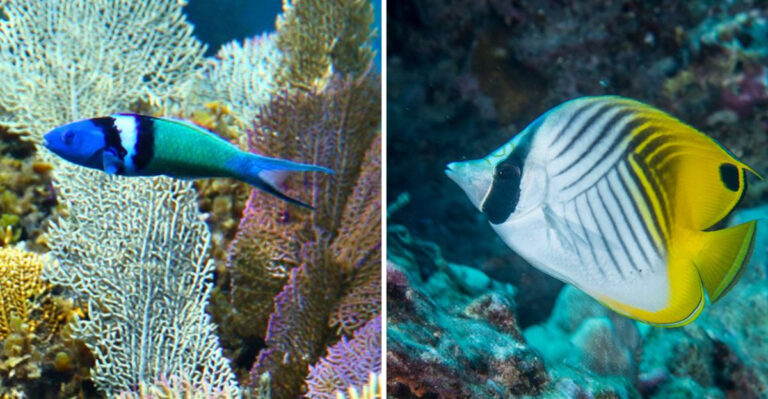Why Do Great White Sharks Have White Bellies? The Answer Might Surprise You
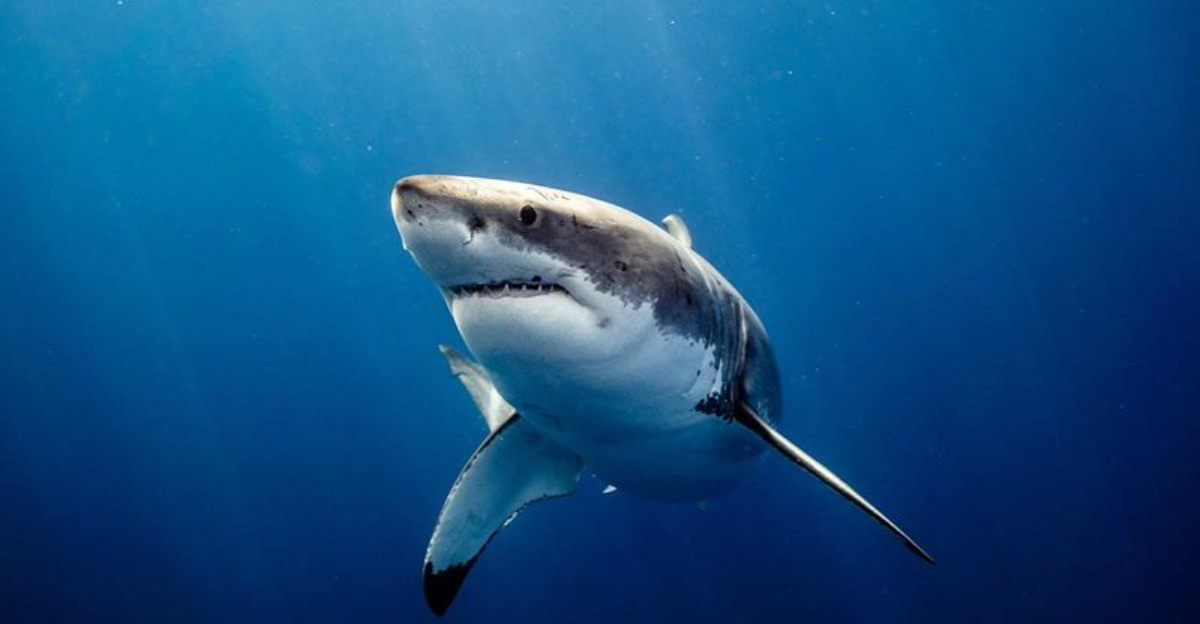
The great white shark, one of the ocean’s most feared predators, has a distinctive two-tone coloration that’s far from random.
Their dark backs and bright white bellies serve a crucial purpose in their survival. This natural design isn’t just for looks—it’s a sophisticated adaptation that has evolved over millions of years for very specific reasons.
Countershading As Nature’s Camouflage
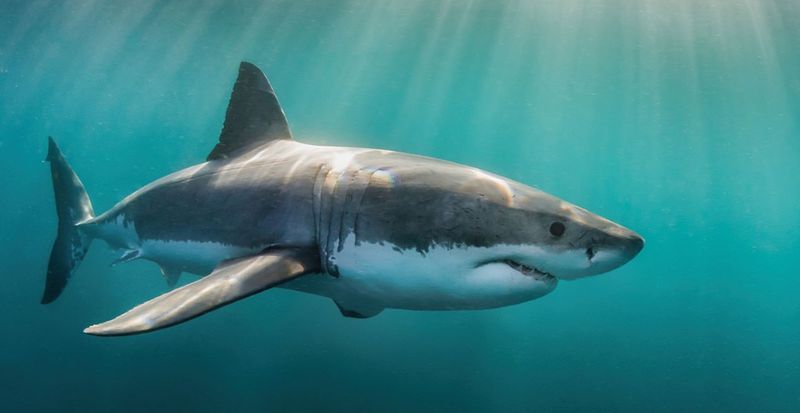
Great white sharks employ a brilliant stealth technique called countershading. Their snow-white underbellies blend seamlessly with sunlight filtering through surface waters when viewed from below.
Meanwhile, their gray-blue backs disappear against the darker depths when seen from above. This clever disguise works like an invisibility cloak, helping these apex predators approach unsuspecting prey without detection.
Evolutionary Advantage
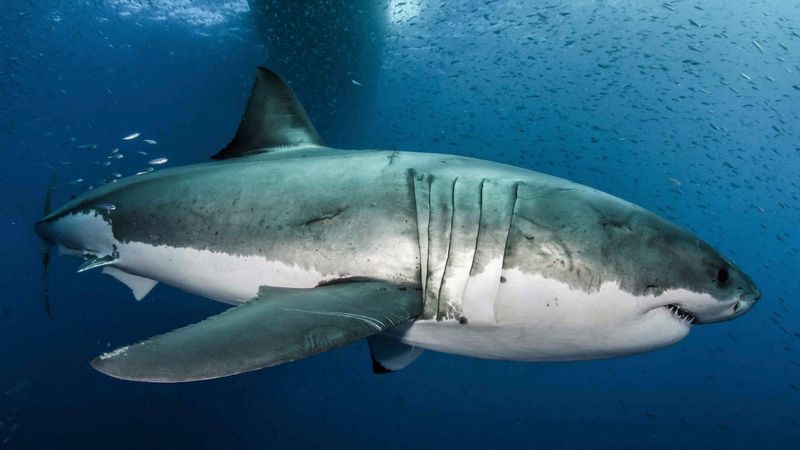
Millions of years of natural selection perfected the great white’s two-tone pattern. Sharks sporting this effective camouflage caught more meals and avoided more dangers than their less-camouflaged cousins.
Those successful hunters passed their genes to future generations. The result? A nearly perfect hunting machine whose coloration gives it a critical edge in the competitive underwater world.
Not Unique To Great Whites
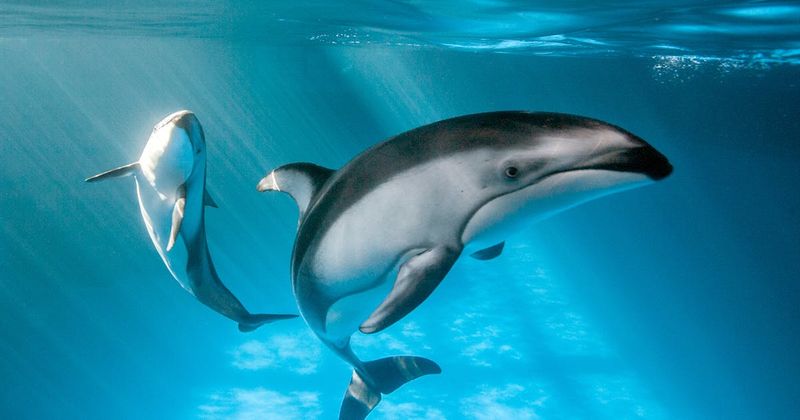
Surprisingly, great whites aren’t the only ocean dwellers sporting this clever color scheme. Penguins waddle around with black backs and white bellies for the same reason.
Dolphins, orcas, and countless fish species—from tiny anchovies to massive whale sharks—all share this countershading pattern. Mother Nature clearly favors this design across many different marine animals.
Hormonal Influence On Coloration
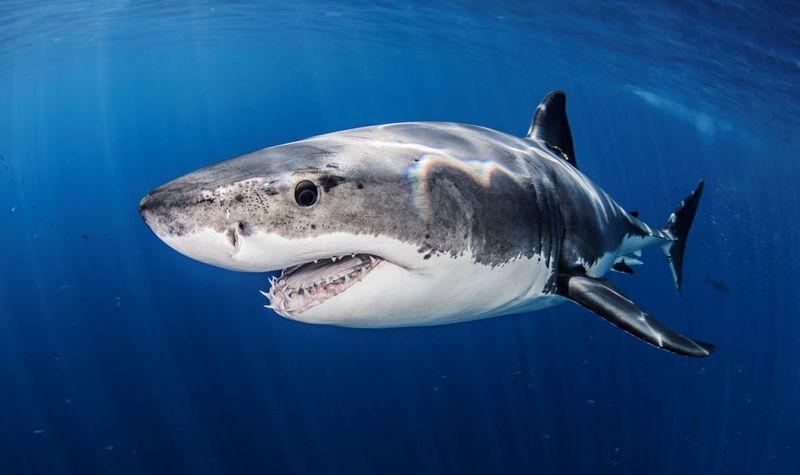
Fascinatingly, a shark’s skin tone isn’t permanently fixed. Scientists have discovered that hormonal changes can actually alter their coloration over time.
During certain life stages or activities, hormone fluctuations might subtly darken or lighten their skin. This remarkable adaptability gives sharks an extra edge when hunting in varying water conditions or depths.
Juvenile Coloration Variations
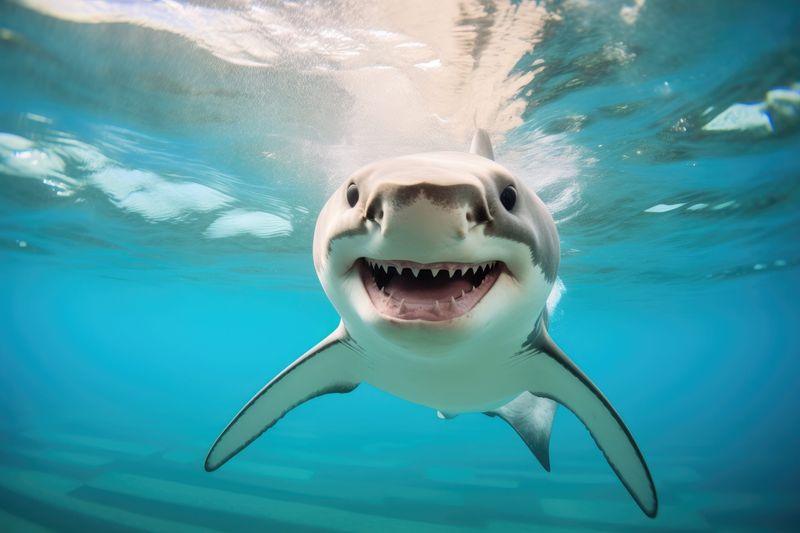
Baby great whites sport different color patterns than the adults. Young sharks often show more pronounced contrasts between their dark tops and white bellies.
Some even display unique markings that fade with age. These temporary patterns might help juveniles blend into different habitats or signal to adults that they’re not competition for the same prey.
Color Perception In Sharks
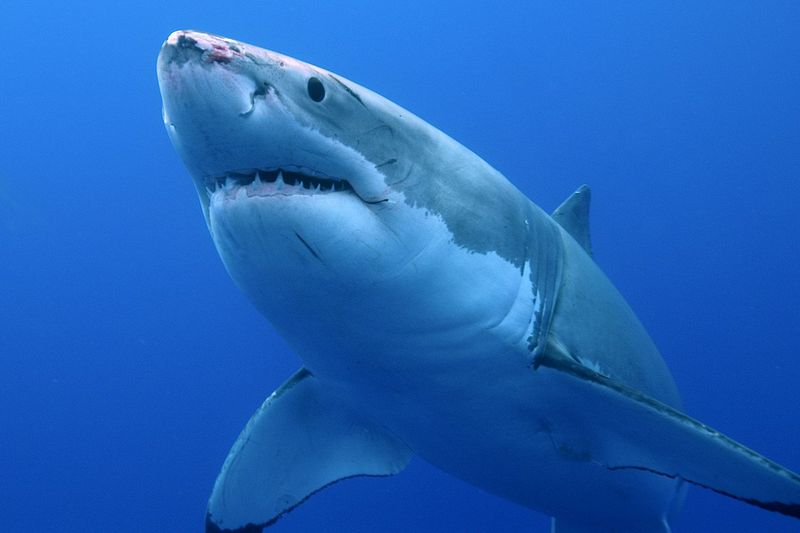
Shark eyes aren’t built like ours. Their retinas contain fewer color-detecting cone cells, meaning they likely see the world in limited color.
Blues and greens dominate their visual spectrum—conveniently matching their ocean home. This specialized vision works perfectly with their countershaded bodies, as they’ve evolved to see exactly what their prey might miss.
Placoid Scales And Hydrodynamics
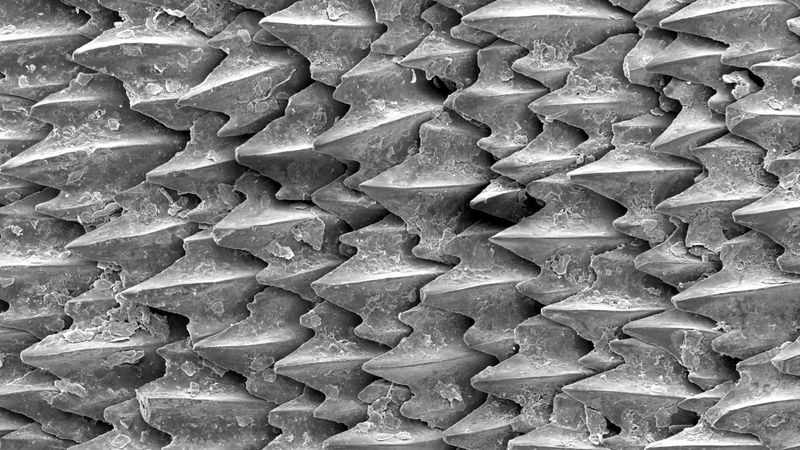
Run your hand one way along shark skin and it feels smooth—the other way feels like sandpaper. That’s because tiny tooth-like scales called dermal denticles cover their bodies.
These microscopic marvels reduce drag, allowing sharks to swim faster while using less energy. The scales also contribute to their distinctive coloration by reflecting light differently across their bodies.
Camouflage Beyond Countershading
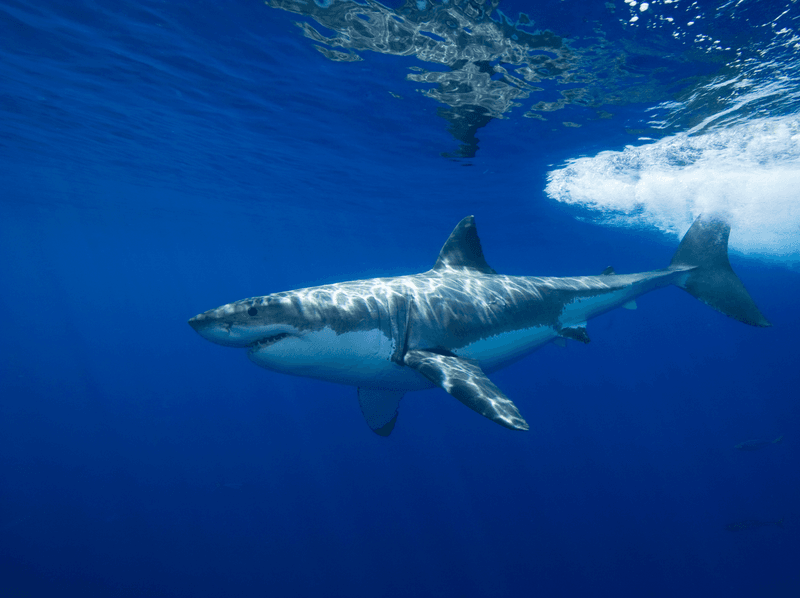
Some shark cousins take disguise to another level. Wobbegongs have elaborate patterns mimicking coral reefs, while tiger sharks sport vertical stripes helping them hide in seagrass.
Great whites rely primarily on their white bellies, but they’ve also developed other tricks. Their skin can slightly adjust to match surrounding water conditions, making their already effective camouflage even better.
Environmental Factors Influencing Color
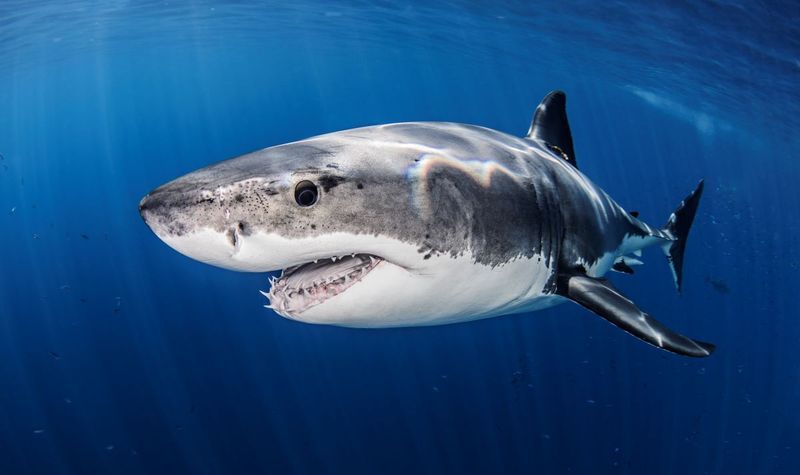
Water clarity dramatically affects how shark coloration works. In crystal-clear tropical waters, the contrast between dark and light must be perfect for effective camouflage.
In murkier conditions, like those along California’s coast, the white belly still helps but plays a different role. Sharks living in different regions often show subtle color variations adapted to local visibility conditions.
Role Of Coloration In Social Interactions
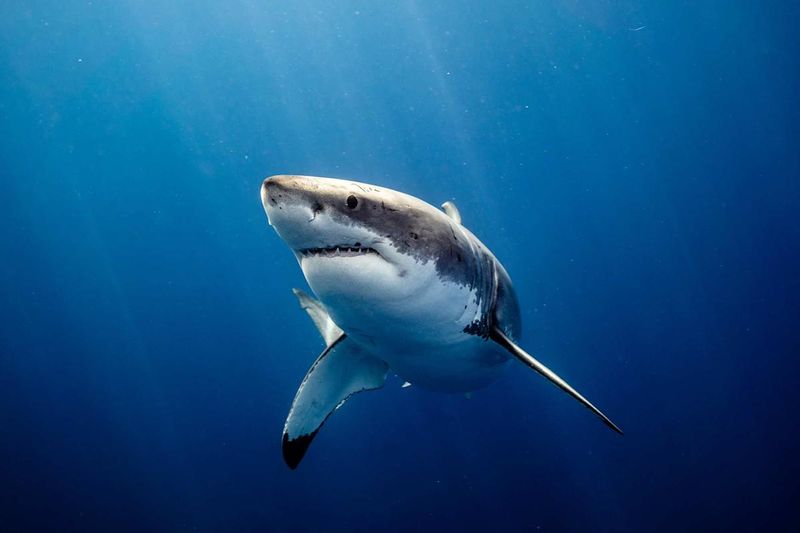
Though often portrayed as lone hunters, great whites do interact socially. Their distinctive coloration may serve as a visual signal to other sharks during these encounters.
When establishing dominance at feeding sites, their white bellies become visible during certain swimming postures. Some researchers believe these displays help communicate status and prevent unnecessary conflicts between these powerful predators.
Conservation Implications
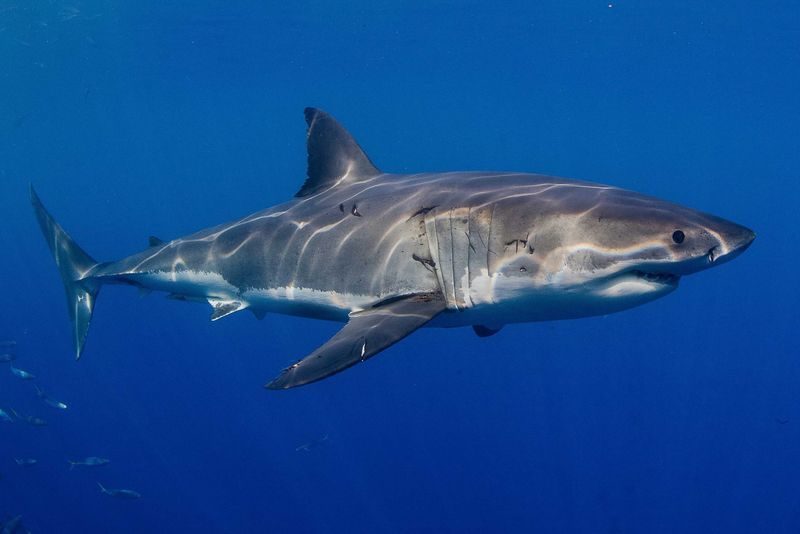
Understanding shark coloration helps conservation efforts. When water quality deteriorates from pollution, sharks lose their camouflage advantage, making hunting harder.
Climate change affects water clarity and light penetration, potentially disrupting millions of years of evolutionary adaptation. Protecting ocean environments ensures these perfectly designed predators can continue using their white bellies as nature intended.





